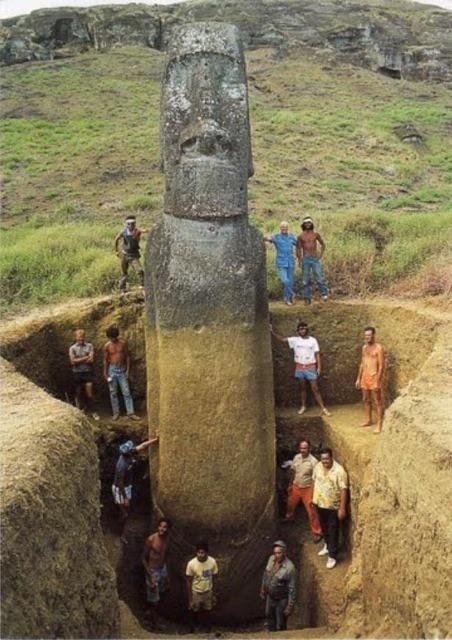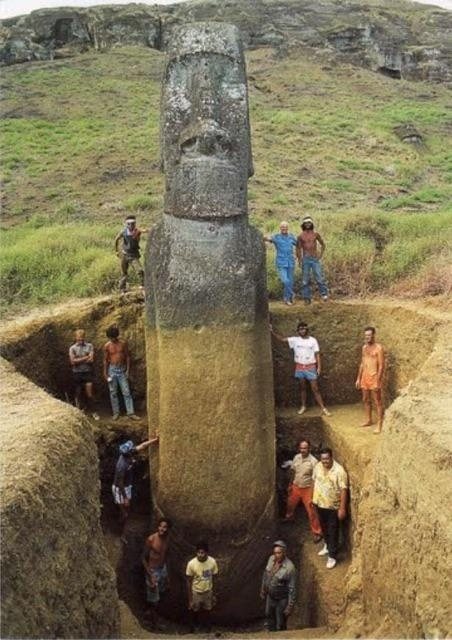Easter Island, also known as Rapa Nui, stands as an enigmatic sentinel amidst the vast expanse of the southeastern Pacific Ocean. This remote Polynesian territory, under the jurisdiction of Chile, is renowned for its captivating moai statues, enigmatic Rano Raraku crater, and rich cultural heritage. Embark on a journey to uncover the captivating secrets and enduring allure of Easter Island.

**A Remote Paradise: Unveiling Rapa Nui’s Geography**
Easter Island, a volcanic island of approximately 63 square miles, is situated roughly 2,300 miles southeast of mainland Chile. Its isolation and unique geological features have shaped its distinctive landscapes. Rano Raraku, a dormant volcano, stands as a testament to the island’s volcanic origins. Its inner slopes are home to an extraordinary collection of moai statues, their enigmatic figures silently gazing out to sea.
**The Moai: Guardians of Rapa Nui’s Legacy**
The moai, colossal human figures carved from volcanic rock, are the emblematic icons of Easter Island. These monolithic statues, ranging in height from 10 to 33 feet, were created by the Rapa Nui people between 1250 and 1500 CE. Each moai possesses distinct features and expressions, believed to represent the spirits of revered ancestors. Their silent presence evokes a sense of awe and wonder, hinting at the rich cultural heritage and spiritual beliefs of the Rapa Nui people.
**Rano Raraku: Unveiling the Moai’s Origins**
Rano Raraku, a volcanic crater on the southern coast of Easter Island, serves as an open-air workshop where the moai were carved and partially completed. Over 390 moai figures, in various stages of completion, remain within the crater, their monumental presence creating an atmosphere of profound mystery. The site offers a glimpse into the remarkable craftsmanship and artistry of the Rapa Nui people, leaving visitors to ponder the reasons behind the unfinished statues and their eventual relocation to ceremonial sites across the island.
**Cultural Heritage: Unveiling the Rapa Nui People’s Legacy**
Easter Island’s cultural heritage extends far beyond its iconic moai statues. The Rapa Nui people, descendants of early Polynesian settlers, have developed a unique culture rich in traditions, language, and artistic expressions. Their intricate rongorongo script, etched onto wooden tablets, remains largely undeciphered, adding to the island’s aura of mystery. The Rapa Nui people’s resilience and ability to thrive in isolation speak volumes about their deep connection to their land and cultural heritage.
Easter Island, with its enigmatic moai statues, volcanic landscapes, and rich cultural heritage, stands as a captivating destination for those seeking an extraordinary travel experience. As you explore the island, you’ll embark on a journey through time, uncovering the secrets of the Rapa Nui people and their enduring legacy. From the awe-inspiring moai to the serene landscapes and vibrant culture, Easter Island offers a unique blend of mystery, beauty, and cultural immersion.




